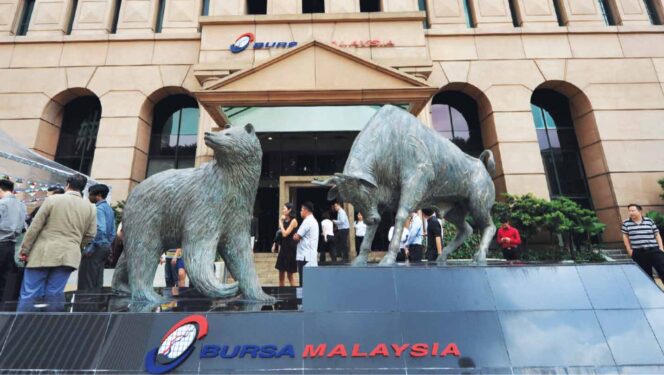
By Xavier Kong
TODAY was a joyous day, as Malaysians across the country took to their mobile phones in a bid to claim the RM30 digital stimulus incentive, a one-off thing from the government meant to encourage the use of e-wallets among Malaysians.
But seriously, should the government give free money to the extent of RM450 mil, especially to many who really do not need it? Note that if you earn less than RM100,000 a year or about RM8,300 per month you are entitled to that RM30 in your e-wallet, which is as good as money.
And why should the government spend RM450 mil to promote e-wallets? It must be one of Malaysia’s biggest promotional efforts on behalf of a small select group of e-wallet vendors for ultimately it is these people that this giveaway benefits.
This “one-off RM30 digital stimulus” was announced during Budget 2020 by Finance Minister Lim Guan Eng, with the initial announcement that it would be a test held tentatively between Jan 1 and Feb 28, to determine whether Malaysians would be swayed to use e-wallets and progress towards a cashless society.
(As an aside, there really is no doubt that people would hop on to this. It is free money after all. Shouldn’t the vendors have prepared their servers, some of which crashed in the rush and crush to sign on?)
The e-wallet vendors who were selected to be part of this pilot initiative were announced by Khazanah Nasional Bhd last month. They are Touch N Go Digital, Boost, and GrabPay. The initiative was then announced to begin from Jan 15 (Happy Ponggal!) to March 14, during which Malaysians who have received the stimulus package were encouraged to spend the amount to have a better understanding of e-wallets.
This initiative, part of the strategy to accelerate the digital economy, saw (as the Tapir Times put it) Malaysians celebrating Ponggal (harvest festival) by “harvesting e-wallet credits”, with the apps of the three vendors besieged by a surge in user registration and Know-Your-Customer (KYC) verifications in the early hours of Jan 15.
But surely there is a limit to how many RM30 packages would be given out, and this was actually clearly stated during the tabling of the Budget, when Lim noted that RM450 mil would be allocated to Khazanah, the nation’s sovereign wealth fund, towards this initiative.
Simple arithmetic yields the answer that there will only be 15 million lucky Malaysians who will receive this, slightly less than half of the nation’s population.
Still, as much as this is a welcome bit of pocket money (seriously, free money), it begs the question: could the RM450 mil that was channelled into this initiative have gone towards something else? To improve the standard of living of Malaysians, perhaps?
To be fair, it is not as though the government gets nothing out of this, as whatever spending happens gets recorded towards the Gross Domestic Product (GDP) of Malaysia. If unspent, the credit in the e-wallets would expire, with the sum of unused credits paid back to the government. But then again, the recording towards the GDP would still happen if that same money was spent elsewhere, with possibly greater multiplier effects.
At the same time, the government would be fulfilling a goal of beginning the transition of Malaysians towards a cashless society, as the aim is to get them more comfortable with the idea of using an e-wallet, which is in line with the strategy under which this initiative was announced.
Sounds like a win-win situation for everyone, does it not? The people get free spending money, the e-wallet vendors get traffic while spreading awareness about the use of their offerings, and the government either gets a higher GDP number, or the return of the funds.
On the other hand, consider this. That RM450 mil is more than enough for two, maybe even three, standard fitted hospitals, going off KPJ Healthcare Bhd’s estimated price of between RM90 mil and RM370 mil for a hospital, depending on location.
Assuming the lowest price of RM90 mil, this would mean five hospitals that could be built, which would generate jobs for the healthcare, pharmaceutical, and construction sectors. This could also be channelled towards addressing the issue of local doctors and medical staff being underpaid, and of hospitals being underfunded.
Would this not provide a better standard of living for Malaysians, through easing access to healthcare, while also stimulating the local economy?
What about improving public transport services? It is no secret that Transport Minister Anthony Loke was not amused when he made a surprise inspection of a KTM station, only to find that three out of four automated ticketing booths were not functioning.
Could the funds not have been put towards better last-mile connectivity, that Malaysians would find it easier to get to where they need to be? What about improving last-mile connectivity in cities outside the Klang Valley?
True, in the overall scheme of things, RM450 mil may not be that large a sum, especially when it comes to projects that could amount in the billions. The belief that the fund allocation could have gone towards a multitude of other avenues remains in the air, though.
But hey, free money! Who can turn that down? – Jan 15, 2020









